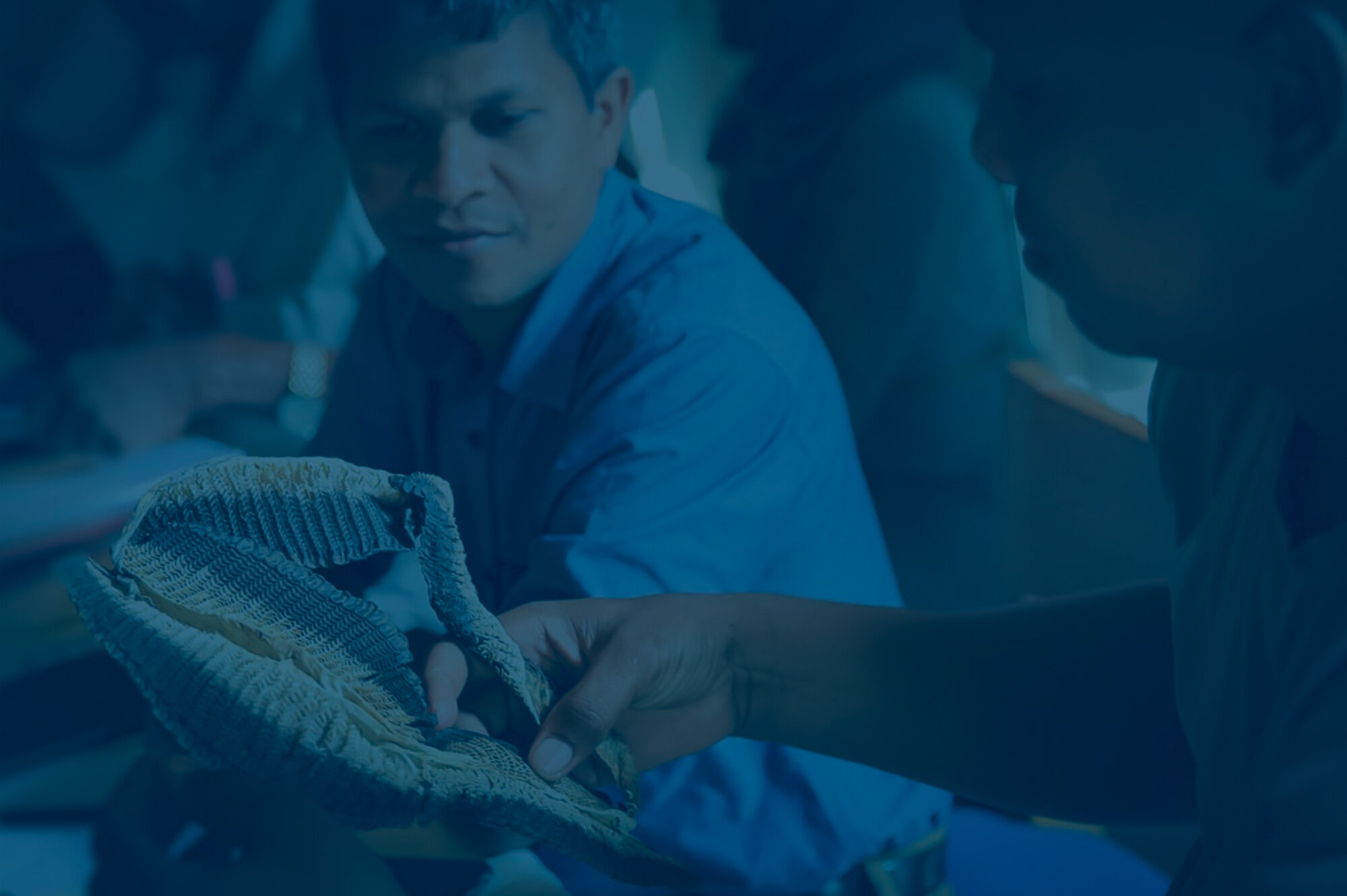our achievements THROUGH POLICY AND PROTECTION
Contributed towards the Retention ban on mobulid rays in the International Commission for the Conservation of Atlantic Tunas (ICCAT) fisheries.
We provided details on the best protocols for handling & release (previously used for the Western & Central Pacific Fisheries Commission (WCPFC) guidelines) and circulated recommendation letters to Government representatives, with which the retention ban was approved in 2023.
Contributed towards the Regulations for the Protection of Natural or Indigenous Wildlife 6th amendment in the Maldives.
In 2023, the Maldives Manta Conservation Programme team provided details on the best protocols for safeguarding the ecology of manta rays.
Contributed to the protection of oceanic manta rays in the Wider Caribbean Region.
We collaborated with the Dutch World Wildlife Fund (WWF) and the Caribbean Islands Manta Conservation Program on the proposal for the uplisting of Mobula birostris to Annex II of the Protocol Concerning Specially Protected Areas and Wildlife (SPAW). The uplisting was approved in 2023, which will provide stricter legislation for oceanic manta rays in the region.
Submitted multiple proposals for Important Shark and Ray Areas (ISRA) in the Western Indian Ocean.
The Maldives Manta Conservation Programme team submitted a total of 43 proposals, of which 26 sites were approved as ISRA. ISRA’s mission is the enhanced conservation of all shark, ray, and chimaera species through the implementation of a systematic place-based approach, supported by the identification of ISRA throughout these species’ ranges.
Collaborated on the designation of six ecologically significant sites in Laamu Atoll, Maldives as marine protected areas.
A collaborative research effort between the Manta Trust, Maldives Underwater Initiative by Six Senses Laamu, Blue Marine Foundation, and Olive Ridley Project contributed to the designation of six marine protected areas in Laamu in 2021. One of the sites (L. Maabaidhoo Koaru Area) encompasses an important manta ray cleaning station.
Contributed data to the designation of two UNESCO World Biosphere Reserves in the Maldives.
Fuvahmulah Atoll and Addu Atoll were added to UNESCO's list of World Biosphere Reserves, with which data was contributed by the Maldives Manta Conservation Programme. Fuvahmulah Atoll is the only site in the Maldives that regularly gets visited by oceanic manta rays (Mobula birostris).
Contributed to the protection of mobulid rays in the Seychelles.
The Seychellois Government declared that 30% (410,000 sq km) of its territorial waters would become protected areas, including the home of the Seychelles Manta Ray Project, D’Arros Island and St. Joseph Atoll. This protection represents a large step forward for manta conservation in the archipelago, as reef manta rays are frequently sighted around D’Arros Island and St. Joseph Atoll where they spend extended periods of time feeding and visiting the local cleaning station.
Contributed to the protection of mobulid rays in Mexico.
Using data collected by the Manta Caribbean Project, the Mexican government made modifications to Annex III of the Official Norm for protection of species at risk of extinction, by adding all mobulid species, and therefore providing much higher protections for these species in Mexico.
Submitted 'Concerted Actions' proposal to CMS to address community transitions away from mobulid fisheries.
In 2017 the ‘Concerted Actions’ proposal we submitted to the Convention on Migratory Species CoP12 was accepted, with support from five countries (Fiji, Ecuador, India, the EU and the Philippines). It addressed the community transition and livelihood challenges that result from a change in mobulid trade legislation and fishery management.
Joined forces with several groups to secure international protective legislation for mobulid rays.
Our work with several collaborating groups has resulted in the successful adoption of all mobulid species under the Convention on Migratory Species (CMS) Appendix I & II. The Manta Trust is now an official collaborating partner to the CMS Memorandum of Understanding on the Conservation of Migratory Sharks.
Helped gain national protection for manta rays in key mobulid fishing nations.
Our campaigning and work with local communities, in collaboration with other NGOs such as WildAid and Planeta Océano, has helped manta rays to gain national protection in regions with some of the world’s largest manta and devil ray fisheries. In 2014 Indonesia created the world’s largest manta ray sanctuary in its waters, and in 2016, Peru awarded national protection to manta rays. In 2018 Thailand added all six mobulid species found in Thai waters to the Thailand national protected list making it illegal to kill, trade or possess any of these species.
Helped create & implement a management plan for Hanifaru Bay Marine Protected Area in the Maldives.
Following the declaration of Hanifaru Bay as a Marine Protected Area (MPA) in 2009, the Maldives Manta Conservation Programme assisted the Ministry of Environment in the creation of a management plan. The plan’s purpose was to sustainably control tourism and minimise the impact of visitors on the reef mantas that aggregate in the MPA to feed. This was approved by the central government in 2011 and came into full effect in 2012.
Contributed critical data and expertise for the re-assessment to ‘Vulnerable’ status of both species of manta ray on the IUCN Red List of Threatened Species in 2011.
Following this re-assessment, our collaborative efforts with researchers and other NGOs have seen all mobulid species granted legally binding international protection in the trade of products sourced from their body parts, under Appendix II of CITES (Convention on International Trade in Endangered Species). Following this, we contributed critical data and expertise for the re-assessment of Mobula birostris to ‘Endangered’ status with which official uplisting status was made in 2022.
Contributed to the declaration of Hanifaru Bay as a Marine Protected Area in the Maldives.
The Maldives Manta Conservation Programme team played a key role in gaining protection for manta rays in the Republic of Maldives. Data collected identified an increase in pressure and threats to manta rays from unrestricted tourism growth and local development, and led to the government declaring Hanifaru Bay as a Marine Protected Area in 2009. Hanifaru Bay in Baa Atoll is an important aggregation site for reef manta rays and whale sharks.















